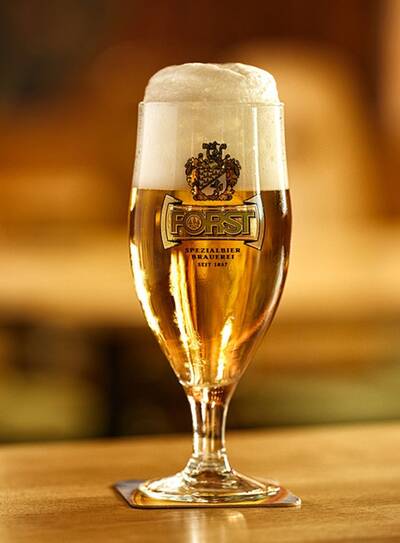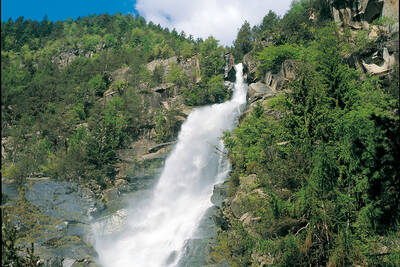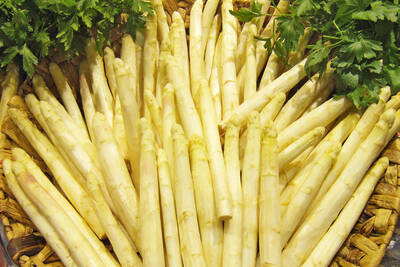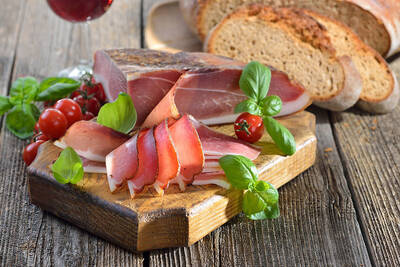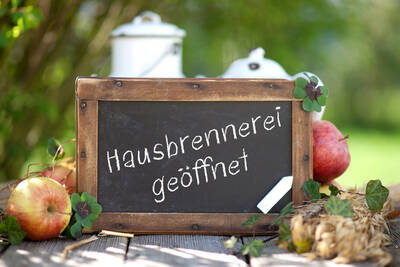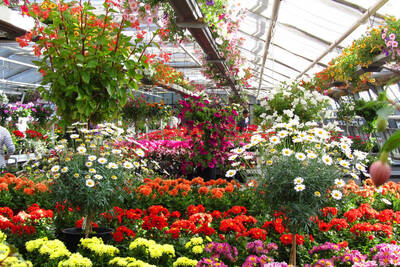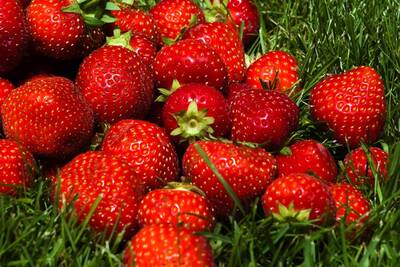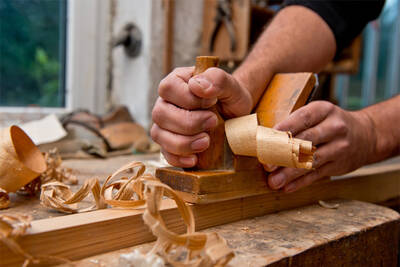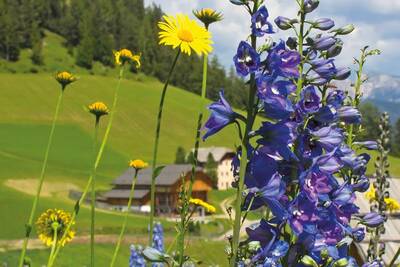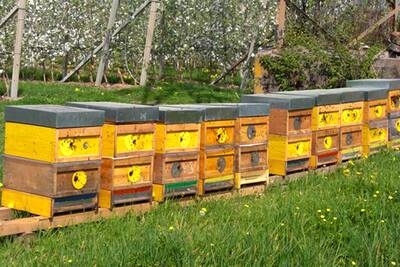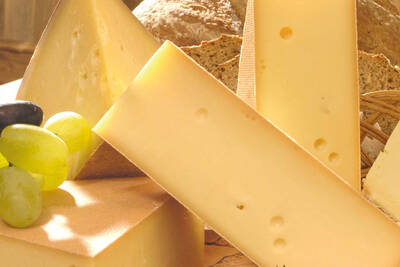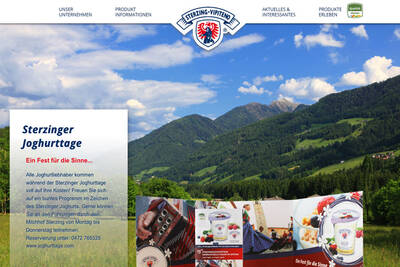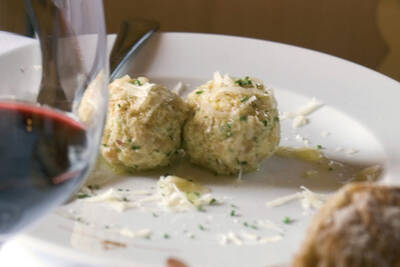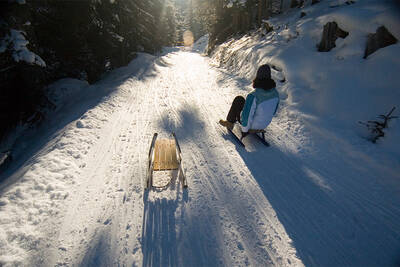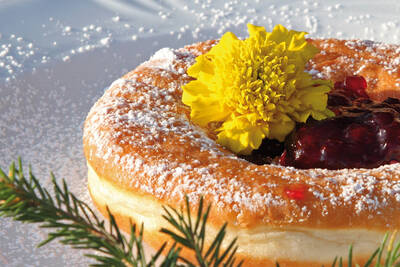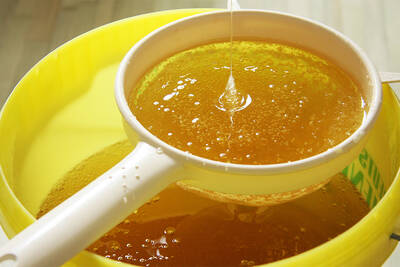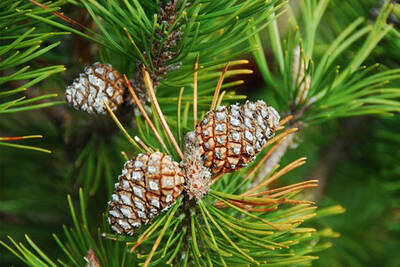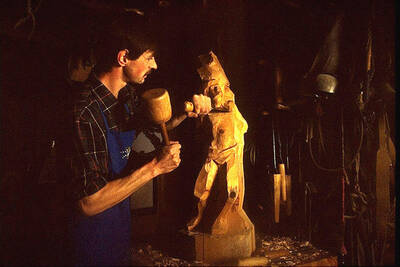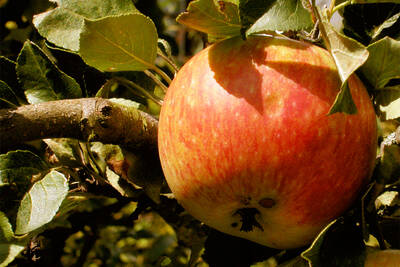Edible chestnut trees can live to be 500 to 600 years old, occasionally even up to 1000 years and up to 35 meters high. The prickly fruits are finally ripe and ready for enjoyable consumption in autumn.
Chestnuts or “Maroni”, as they are called in South Tyrol, have always been an essential part of peasant food. New nutritional findings confirm the value of chestnuts: rich in starch, but also in nutrients and vitamins, they positively influence the serotonin level (the so-called "happiness hormone") in the body. In addition, chestnuts are gluten-free and therefore also suitable for allergy sufferers.
The traditional, simplest and most widespread way of preparing chestnuts is roasting them over an open fire or on the stove. It is important to make a sharp incision on the curved side with a sharp knife so that the chestnuts do not explode! Roasted chestnuts are an indispensable part of "Törggelen," the typical South Tyrolean tradition of convivial tasting of must or young wine together with a good snack of bacon, sausages, bread and, of course, chestnuts.
Chestnuts can also be boiled: to do this, place them uncut in boiling water for about an hour; then you can split them in the middle and scoop out the flesh.
Chestnut flour was once widely used as an ingredient for baked goods; today, other types of flour are mostly used, also because chestnut flour has a somewhat dull taste. However, chestnuts are still used in a very versatile way in gourmet cuisine. The chestnut rice dessert with cream or ice cream is of course very popular, and chestnuts are also excellent for cakes, tarts, and parfaits. But not only sweet dishes can be prepared from chestnuts, soups, noodles, or stews can also be conjured up, and they are also a wonderful side dish for meat and game dishes and a delicious filling for ravioli or roulades.
The culinary side is just one aspect, because chestnut trees have much more to offer than their fruits: the wood is of high quality and extremely resistant to moisture; it is used for furniture, doors, window frames, fences, and barrels. The leaves can be brewed into tea, which acts as an expectorant and promotes expectoration due to its high content of tannins, thus helping with respiratory diseases, whooping cough, and bronchitis.
In South Tyrol, the chestnut naturally takes center stage in numerous events and festivals: the "Keschtnriggl" chestnut days in Völlan, Tisens, and Prissian in October are famous; or the chestnut weeks in the Eisack Valley from mid-October to early November with guided hikes, concerts, cabaret, and many culinary delights. Also in Kaltern, chestnuts are roasted and sold at the farmers' market in the town square from September to November.







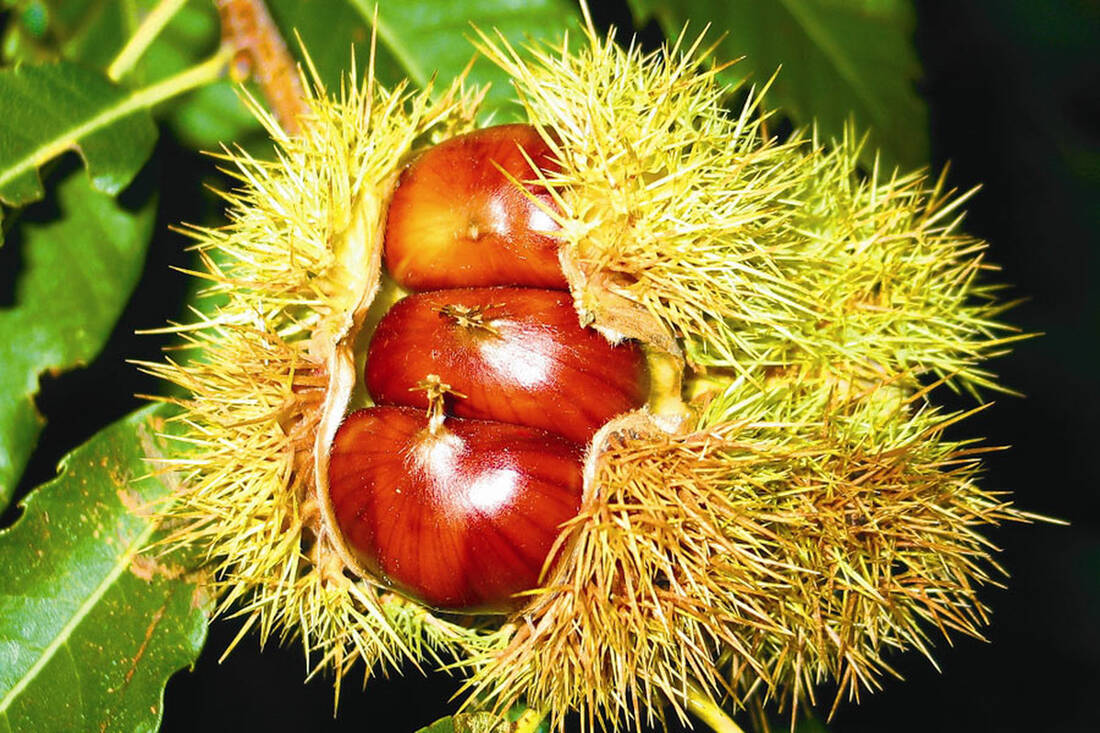
 How do you like the content of this page?
How do you like the content of this page?
